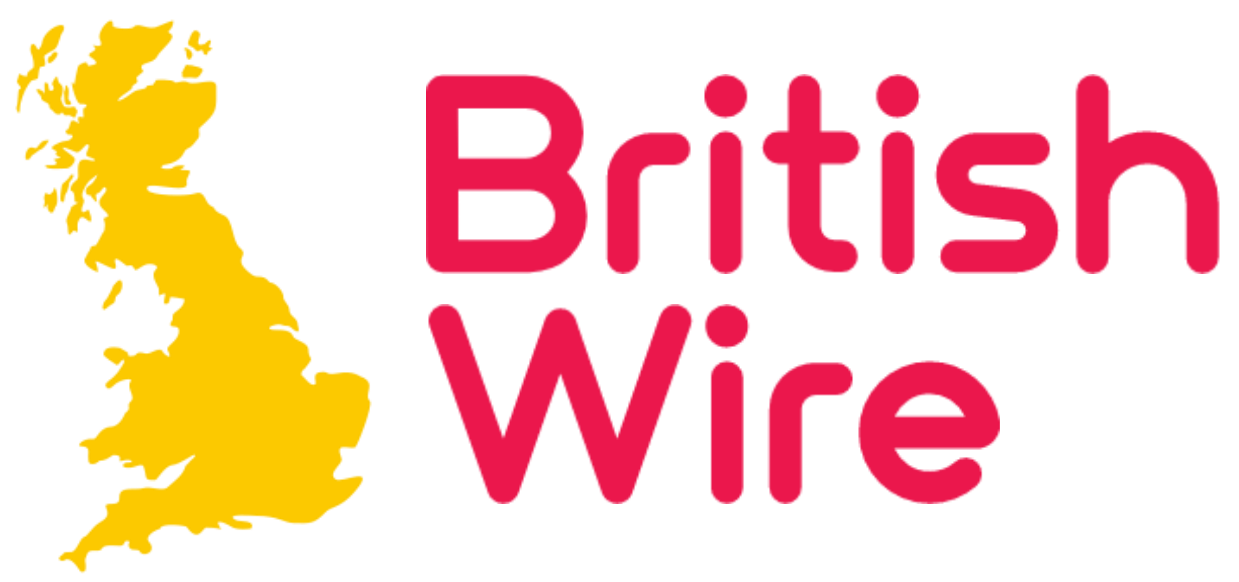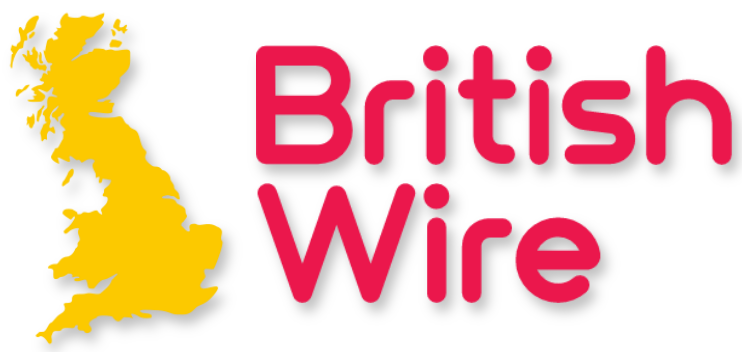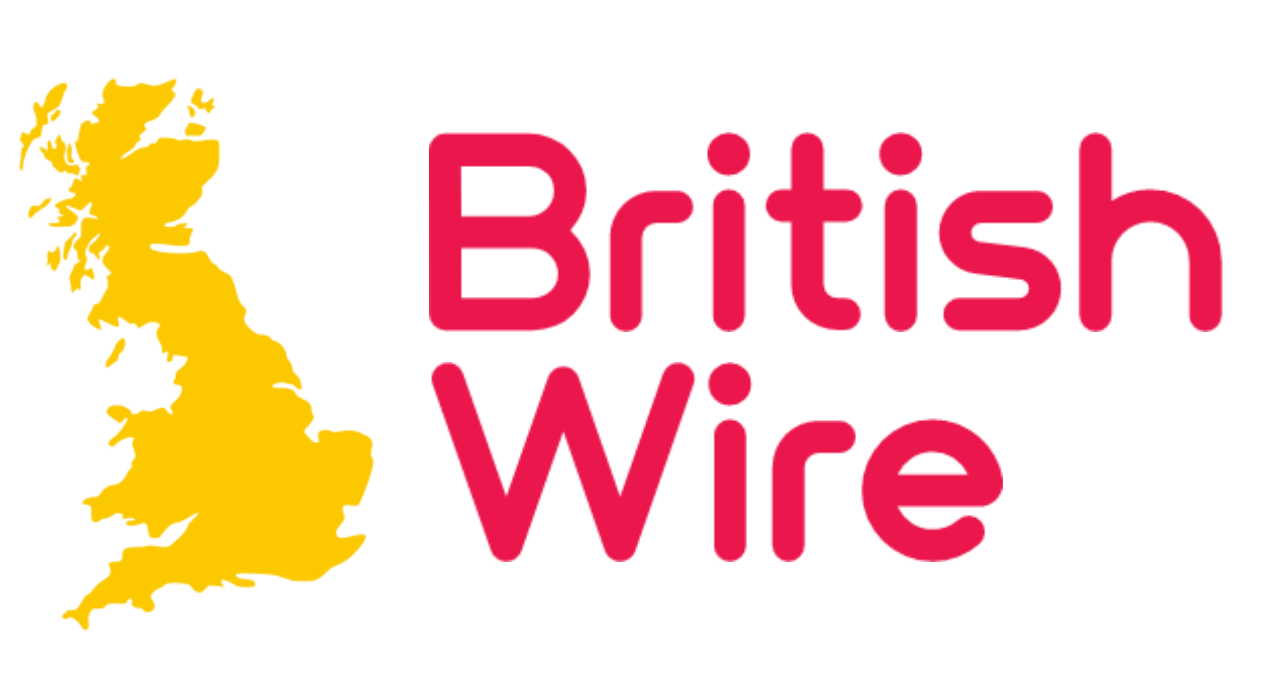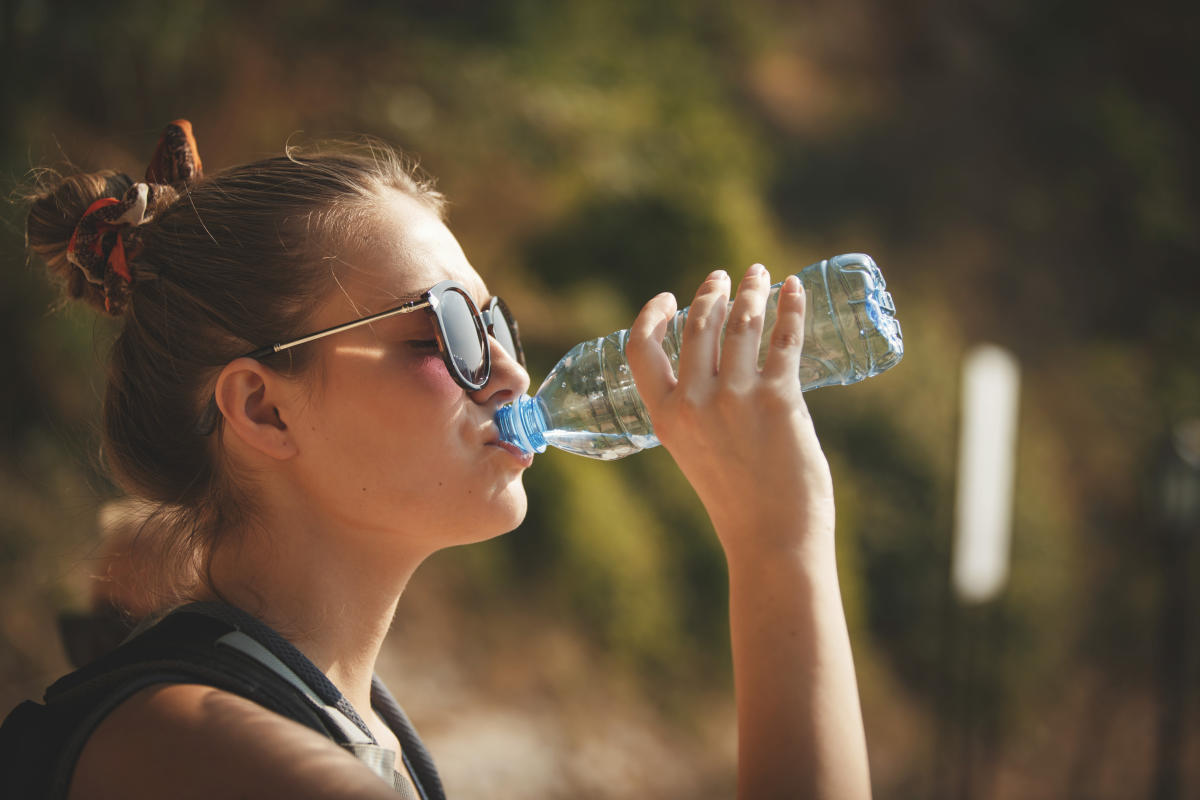Improving the quality of drinking water is crucial for ensuring public health and well-being.
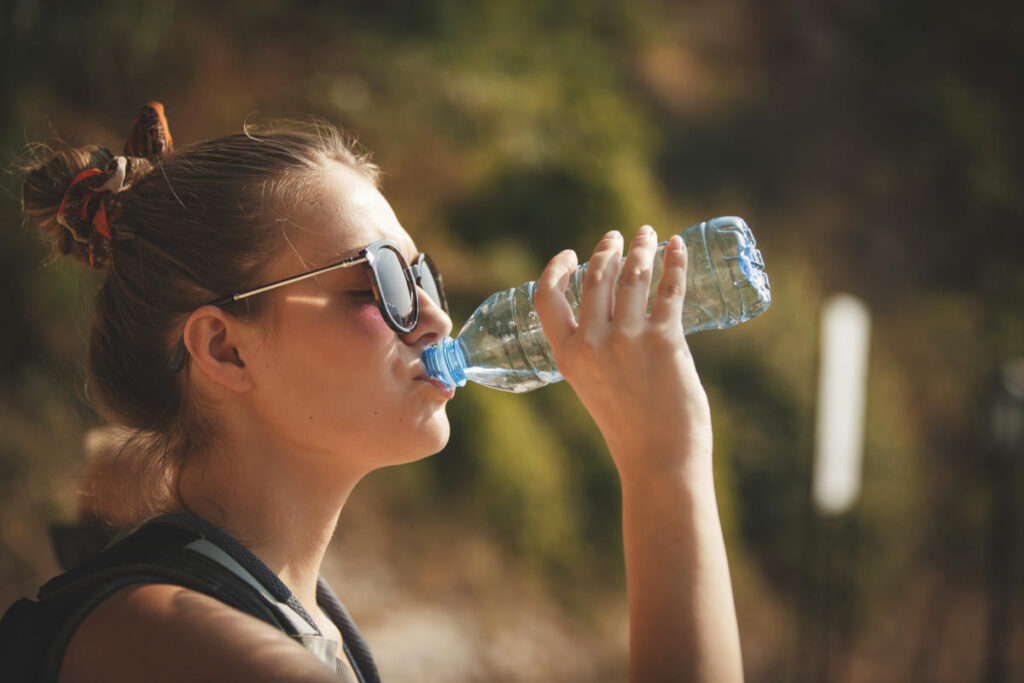
Here are five effective methods to achieve this:
- Water Treatment Plants:
- Implementing water treatment plants is one of the most effective ways to improve water quality. These plants utilize various processes such as coagulation, sedimentation, filtration, and disinfection (commonly using chlorine or ultraviolet light) to remove impurities, pathogens, and contaminants from the water.
- Advanced Filtration Systems:
- Installing advanced filtration systems at the point of water entry into households or at centralized locations can significantly improve water quality. These systems can include reverse osmosis, activated carbon filters, and ceramic filters, which effectively remove pollutants, heavy metals, and other harmful substances.
- Regular Testing and Monitoring:
- Implementing a robust testing and monitoring program is essential for ensuring ongoing water quality. Regular testing for bacteria, chemicals, and other contaminants helps in identifying any issues promptly and taking necessary corrective actions. This ensures that the water meets regulatory standards and is safe for consumption.
- Source Water Protection:
- Protecting the sources of drinking water, such as rivers, lakes, and groundwater reservoirs, is fundamental for maintaining water quality. Implementing measures to prevent contamination from industrial runoff, agricultural pesticides, and other pollutants is vital. This can involve land use planning, watershed management strategies, and enforcement of regulations to safeguard water sources.
- Public Education and Awareness:
- Educating the public about the importance of water conservation and quality is essential for fostering responsible behavior and community engagement. Providing information about the sources of drinking water, potential contaminants, and ways to protect water quality can empower individuals to take proactive steps to safeguard their drinking water. Additionally, promoting water-saving practices and responsible disposal of household chemicals can help prevent contamination at the source.
By implementing these methods in combination with each other, communities can significantly improve the quality of their drinking water, ensuring it is safe and clean for consumption.
